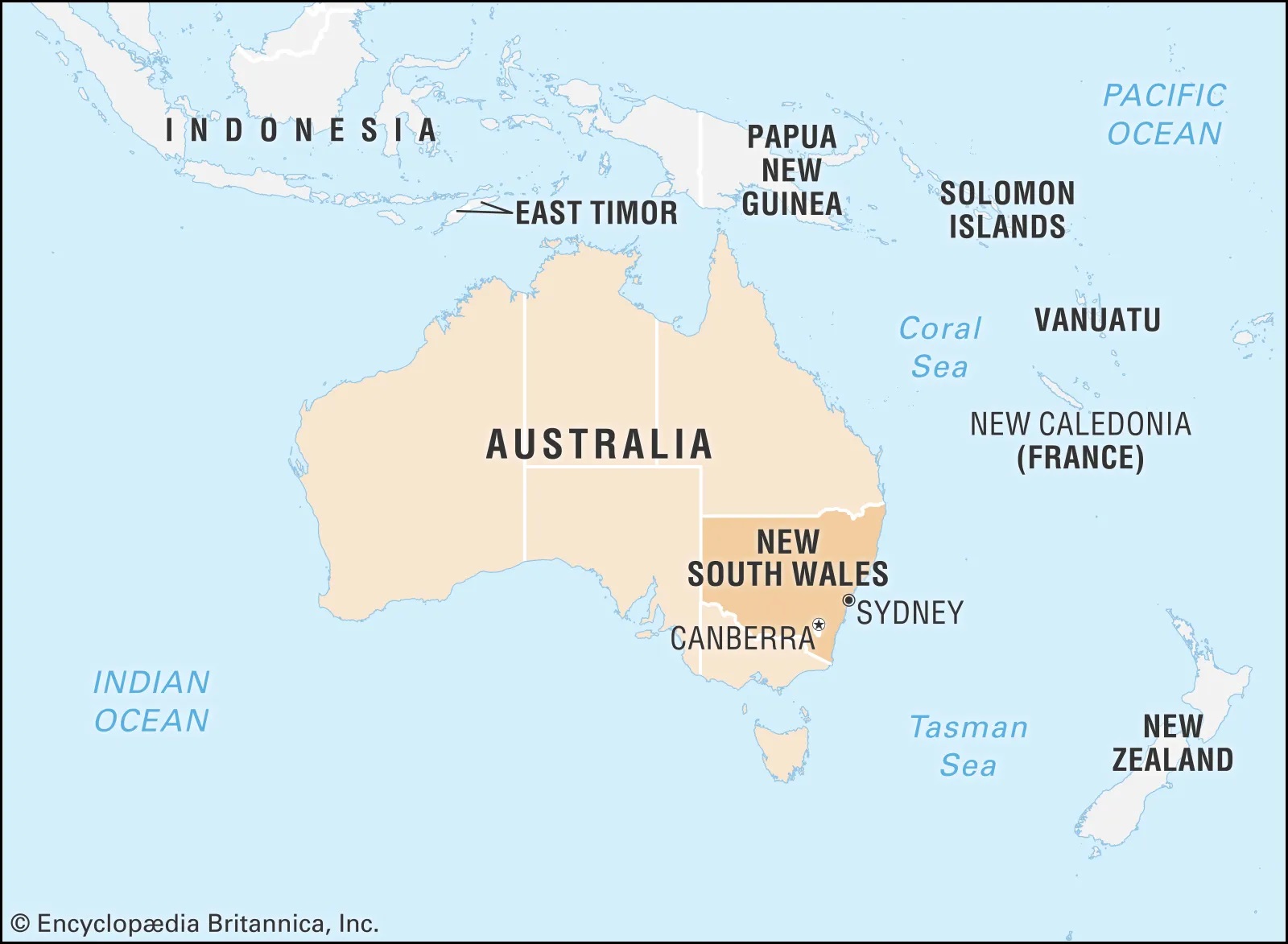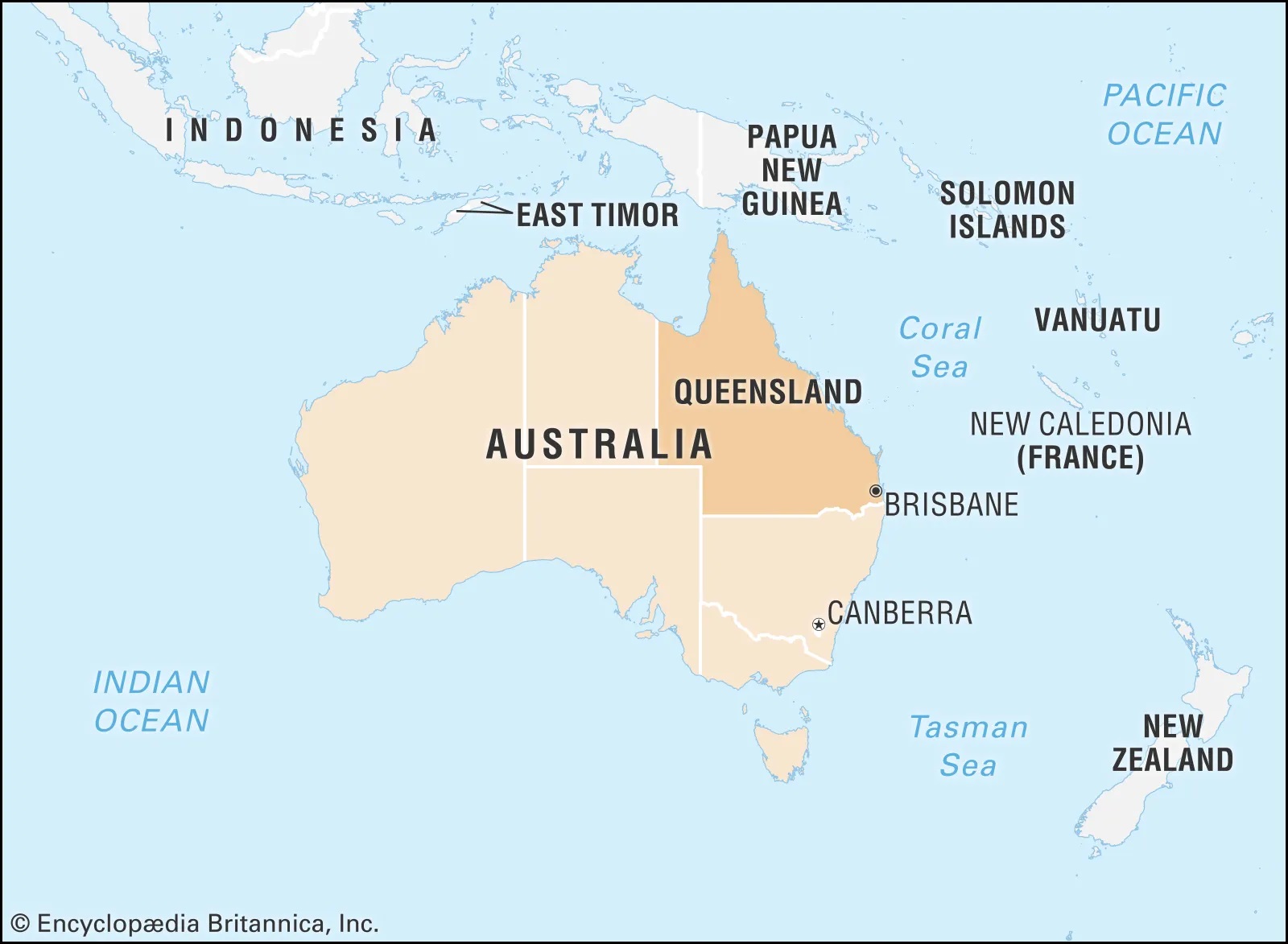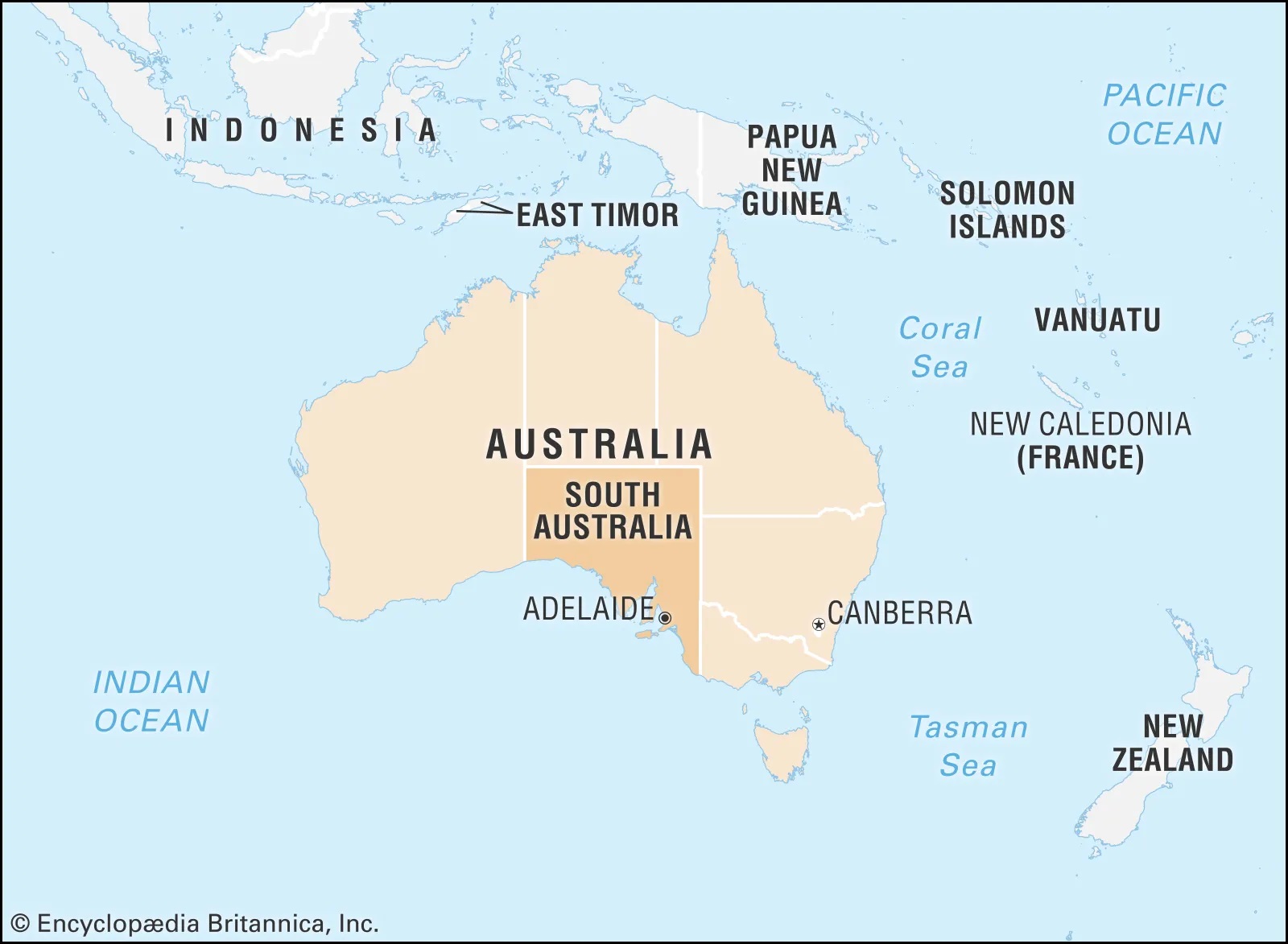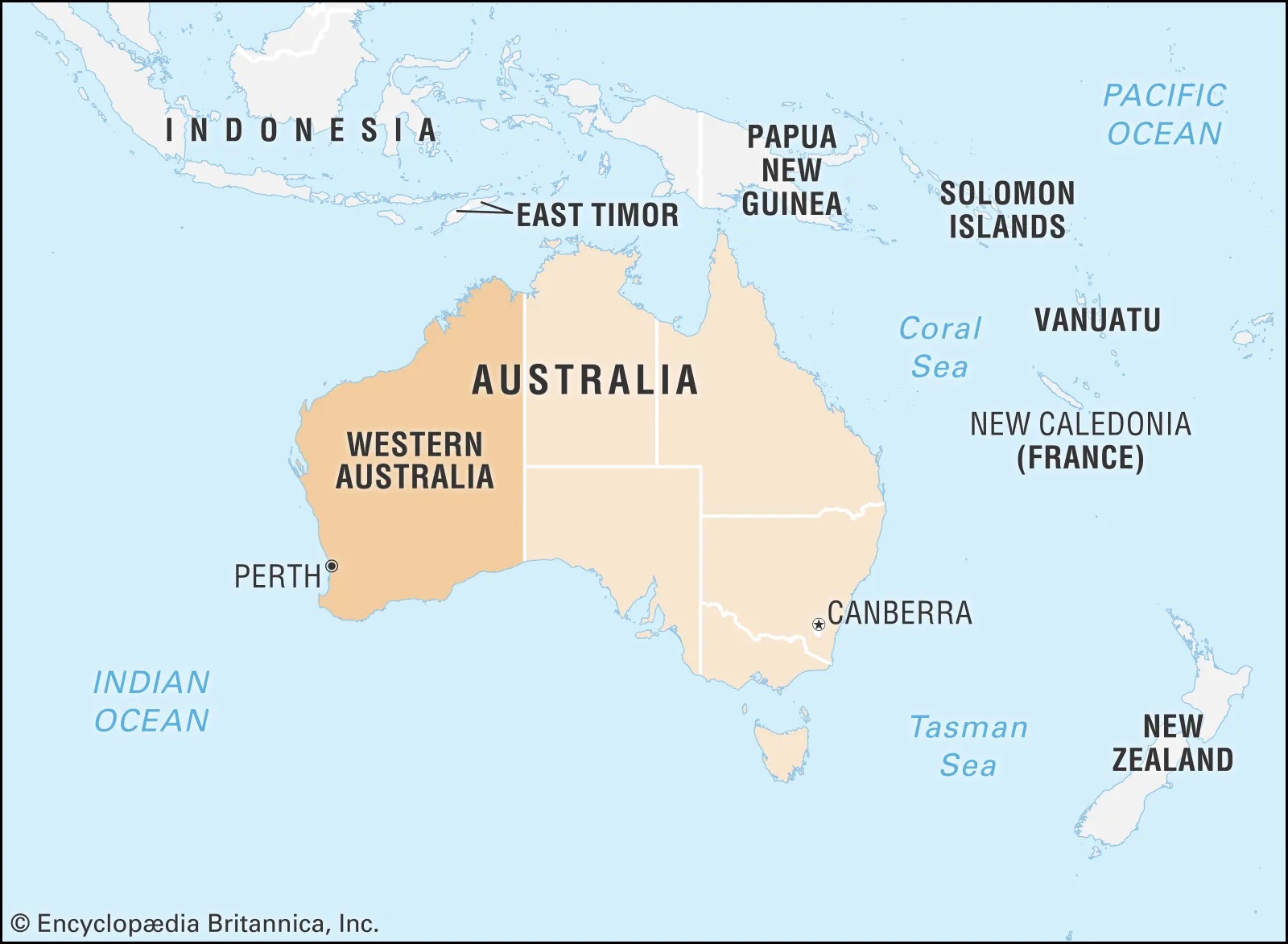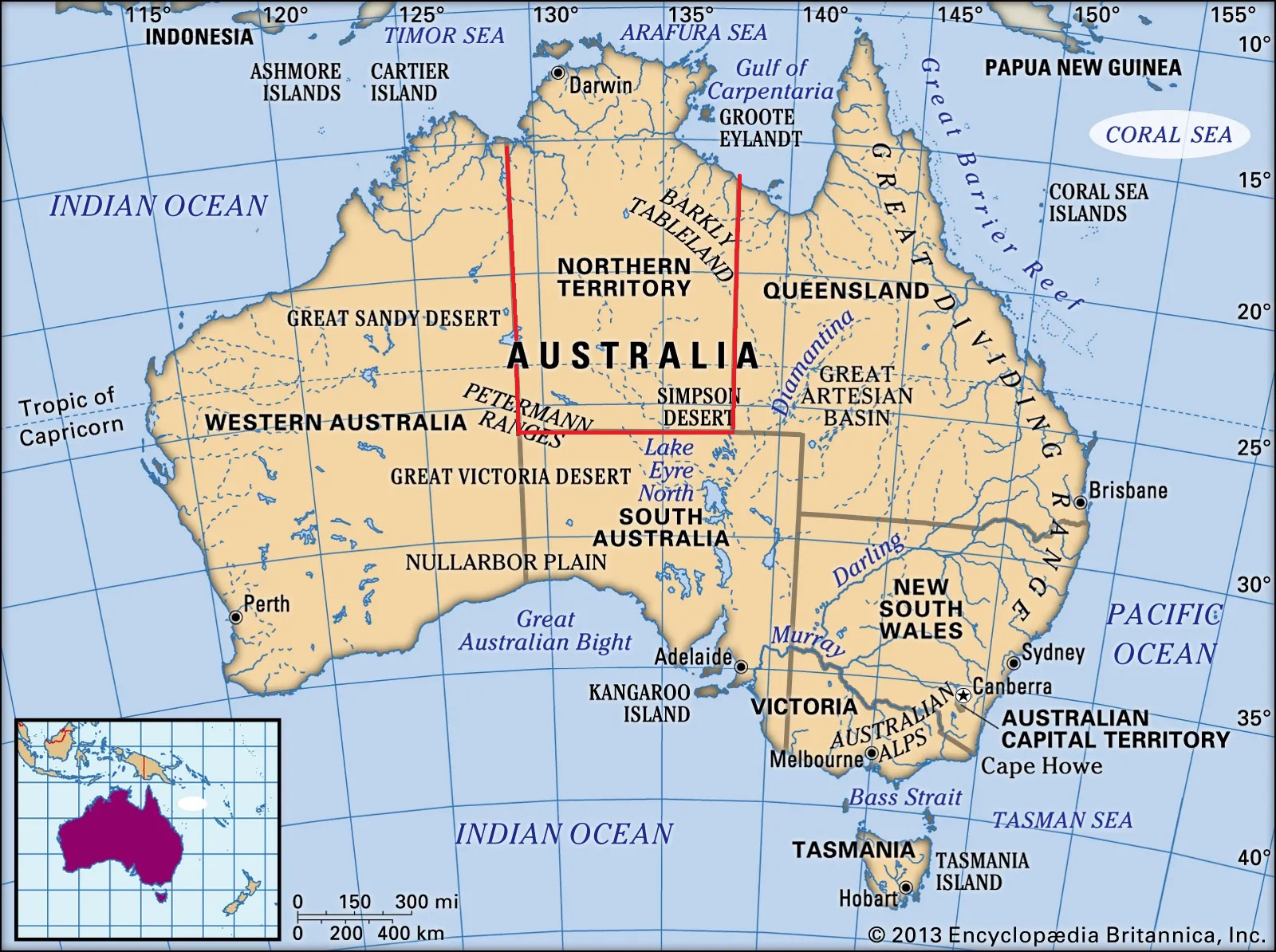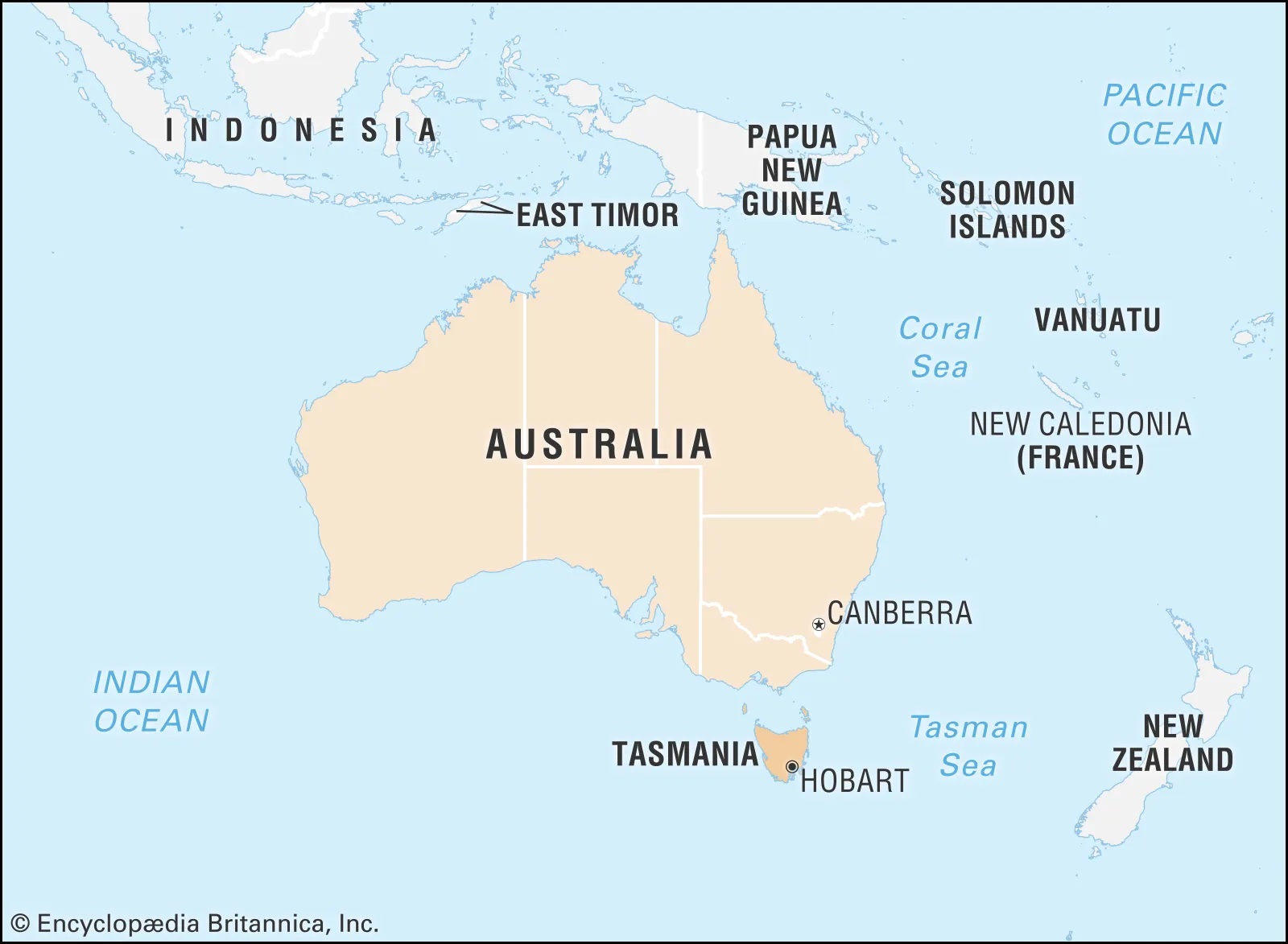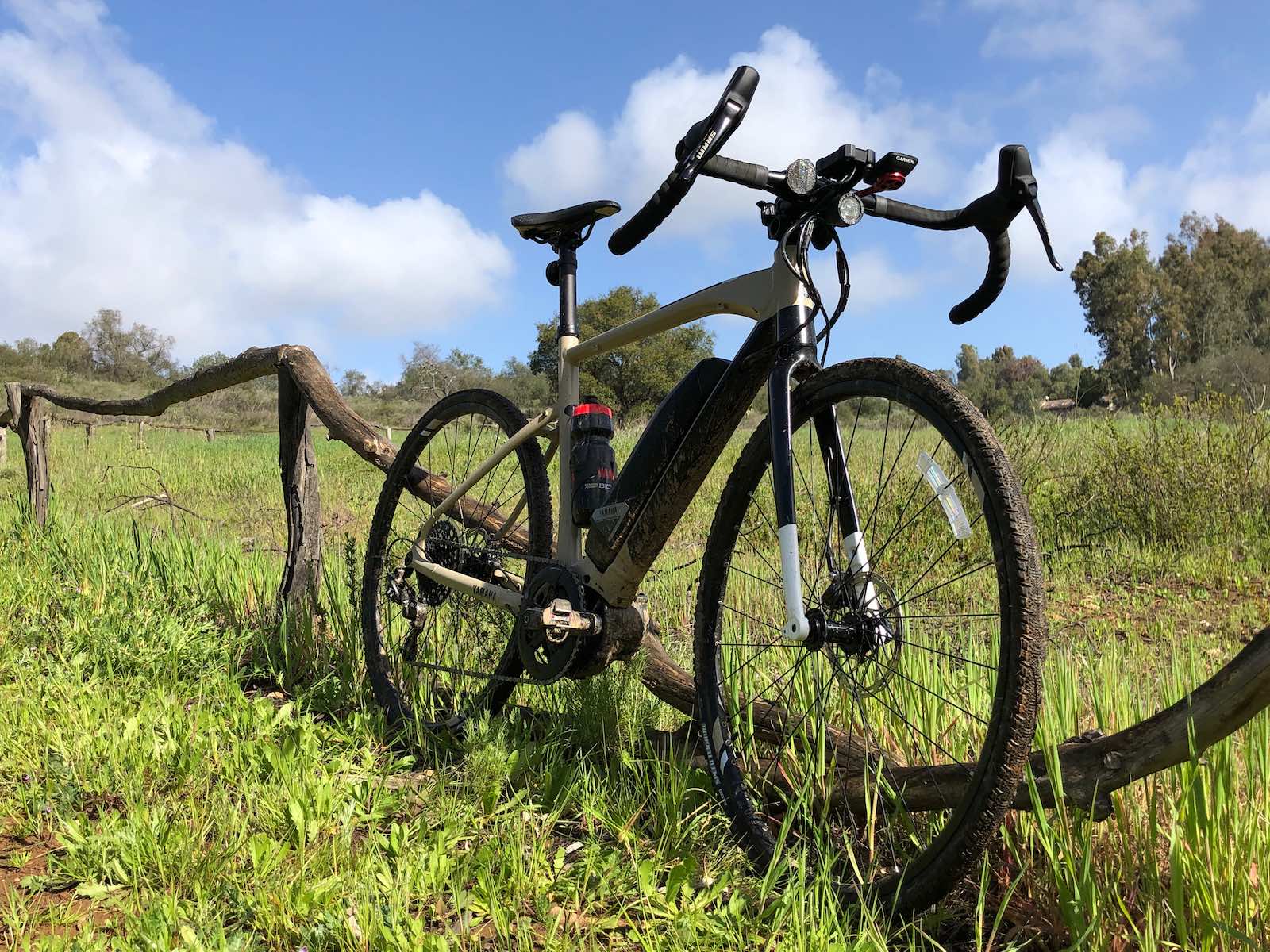We’re setting our sights on the ever-sunny Oceania. Much like the original outback, some may consider the current regulations as lawless and unchecked. However, today we’re here to tell you that is not the case!
Continue reading and learn everything you need to know before buying or riding an electric bike across Australia and in various states:
What are the eBike laws in Australia?
First introduced in 2012, these laws were originally modelled off European standards. As expected, these laws have quickly become outdated. The laws surrounding electric bikes in Australia remain fairly straightforward. Despite this, they’re not always clearly understood. To remain suitable for use on public roads, an eBike (pertains to both regular and foldable e-bikes) must:
- Not have a motor exceeding 250W.
(200W for throttle-only models)
- Throttled models may exceed 200W if limited to 6 km/h.
- Features a speed limit of 25 km/h.
- Unrestricted use on private property.
- EN15194-certified
Whilst these restrictions apply across all provinces, some states and municipal areas maintain their own additional regulations, detailed below.
Additional regulations:
New South Wales:
NSW essentially sets the baseline for eBikes, with most provinces mirroring these standards.
- Comply with vehicle standards.
- Registration required.
- Rider requires a license.
- All other limitations.
Victoria:
This region is much the same as NSW, with a few minor tweaks.
- Same limitations as NSW.
- Pedelecs allowed for use on road.
- See full regulations here.
Queensland:
Via britannica.com
Much the same regulations as NSW, except a slightly higher maximum output.
- 270w limit.
- See full regulations here.
South Australia:
- Same limitations as NSW.
- See full regulations or learn about fines here.
Please note that any province NOT featured in this list maintains no additional regulations.
Helmets
Currently, helmets remain mandatory whenever they ride a bike, extending to all Australian states and territories. Police have the authority to stop bike and scooter riders at will and issue a fine for not wearing an approved helmet.
State/Municipal Law
According to Queensland state law, a range of PEVs remain suitable for use in public areas, provided riders comply with road rules. This includes a rider age of at least 16 years or 12 with adult supervision. Much like cars, drivers are not to use a mobile device or drink/eat and drive.
This also extends to electric scooters. Whilst the majority of Australia treats sub 25 km/h eScooters similarly to eBikes, a few states and municipalities retain their own regulations:
eScooters in Australia:
Queensland:
- Limited to footpaths.
- Top speed of 25 km/h.
- Riders must wear a bicycle helmet.
- Riders who do not follow these rules may be fined up to $143.
- No passengers.
New South Wales:
- Only suitable for use on private land
- We highly recommend checking the local laws for your city or region beforehand.
South Australia:
- Only suitable for use on private land
Western Australia:
- May not use roads with speed limites exceeding 50 km/h.
- Unsuitable for use on one-way roads or during “hours of darkness”.
Northern Territory:
- Limited to 200W.
- May not exceed 10 km/h.
- Power output lower than 200W.
Tasmania:
- Must wear a helmet.
- Must keep to the left.
- Must give way to walkers.
- Not suitable for nighttime use.
- May not use roads with a speed limit exceeding 50 km/h.
Everything you need to know before buying an eBike in Australia:
The first thing all eBike enthusiasts should know is that it’s perfectly possible to purchase a model far exceeding the 250W limitation. However, as previously mentioned, these are only legal when riding on private property.
The most important thing is choosing a reliable model that can match your needs and won’t buckle under your demands. If you’re not thinking of building your own DIY eBike, we highly advise reading through reviews and only choosing a model with high ratings. This is especially important in such hot and dusty environments, where components are easily damaged.
Via thetimes.co.uk
It’s important to remember that a lot of Australian infrastructures are unsuitable for high-speed cyclists. There is a clear law of safe cycleways, so please ensure that you’re an experienced rider, before tackling any public roads. We insist that riders wear adequate safety gear at all times, alongside high-visibility clothing.
Our recommendations for riders
We highly discourage our readers from breaking the law or potentially endangering others. According to Australian law, high-powered eBikes are classified as motorbikes, bringing with them all the same legal ramifications in the event of an accident or malpractice.
Via cyclingtips.com
We recommend Australians shop with a reputable e-bike dealer like Leon Cycle. This is particularly important if you need to make use of your bike’s warranty for any reason – having access to local stores and warehouses is always a big plus.
Lastly, this also helps guarantee that every model you look at is completely legal and compliant with Australian eBike law!
We hope to see their power measurement/restrictions change soon, as using Watts is an ineffective and inaccurate way to determine power – especially as these new components and technologies are further optimised.


